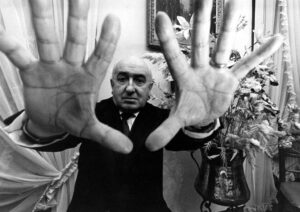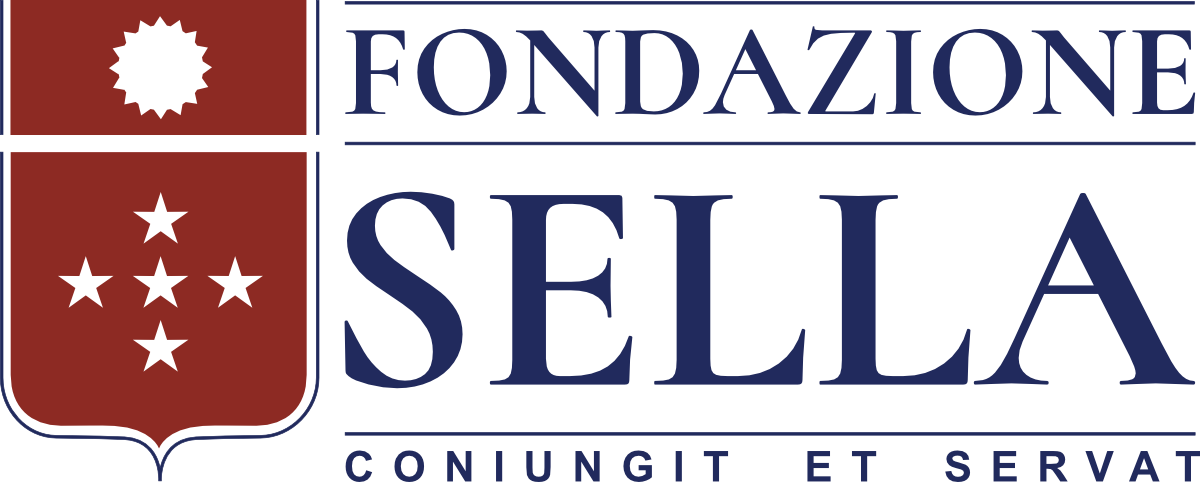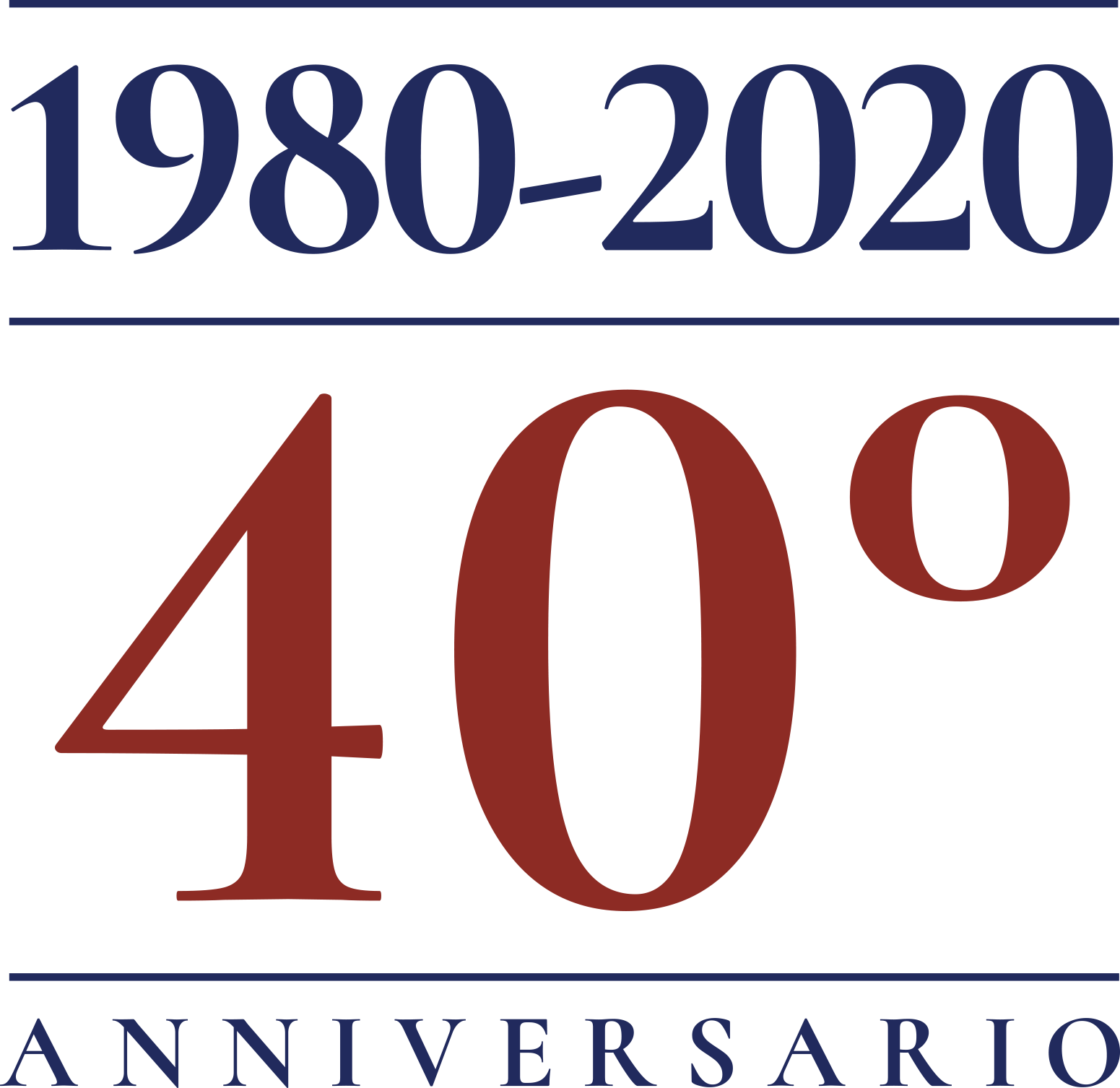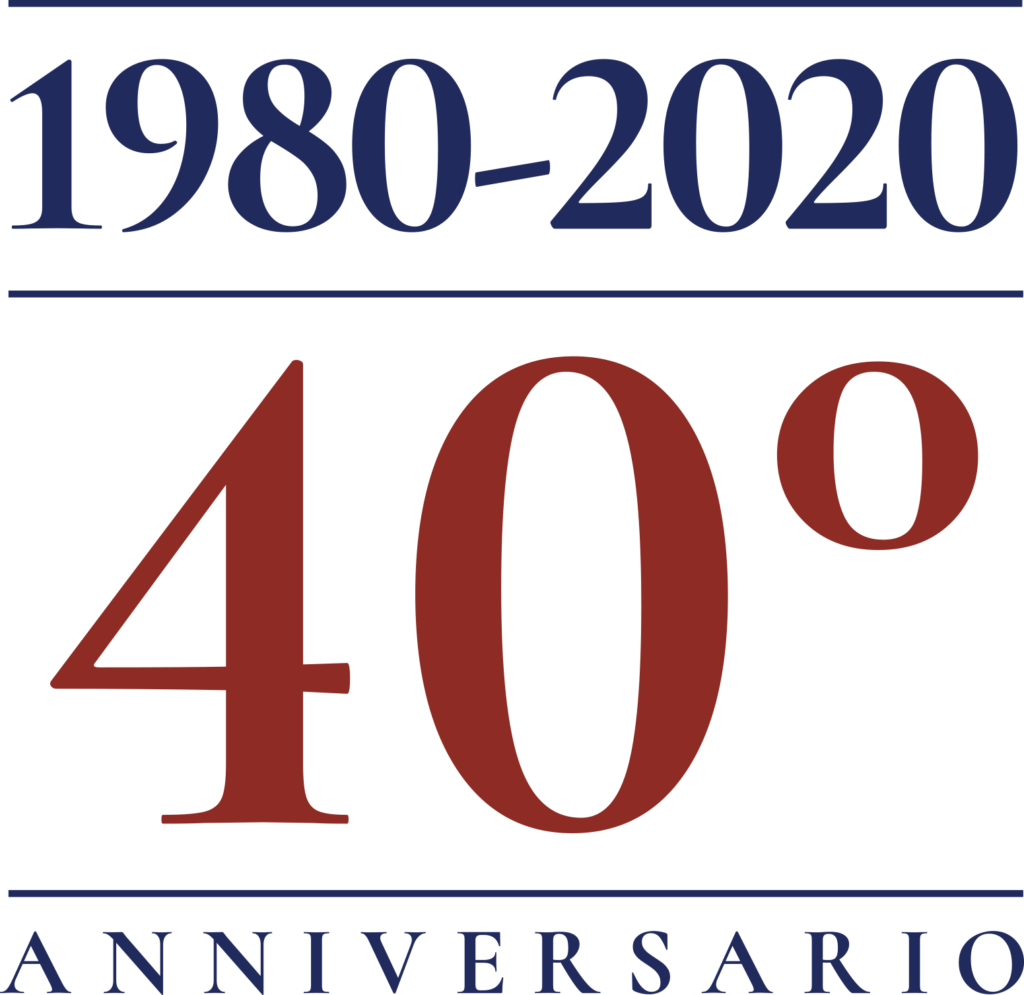Federico Maggia

Date of birth: 20-08-1901
Died: 23-10-2003
Place of birth: Biella
Died: Biella
Federico, nephew of Gaspare, one of the most important neoclassical architects in Biella, and son of Salvatore, an engineer specialised in the construction of railway lines, enrolled in 1919-1920 at the Polytechnic of Turin. He graduated in 1925, presenting a project on the construction of a railway line between Biella and Ivrea, including a tunnel under the Serra. The following year he joined the town council of Turin and designed the fish hall inside the covered market of Porta Palazzo.
In 1927 he moved definitively back to his town of birth where he began surveys of his family home and the Maurizio Sella Wool Mill on the banks of the River Cervo. From that time his professional career knew no bounds. In 1954 he built the Maggia building in via Cavour as headquarters for his offices. Here, as he nearly always did, he designed buildings without cornices with the facade made of travertine going right up to the roof. He also designed the villas of Giorgio Sella and in 1939 the villa Sormano. In his work he designed the projects to the scale of 10 or 20 for the details and 100 for the whole building. He had about 3000 jobs altogether. He carried out numerous public works, although never for his home village, Pettinengo, and he designed various industrial buildings. For the town of Biella he designed the public baths and a complex of houses for municipal workers. He was also entrusted with the new planning of the town. For this important task he invited Gio Ponti to collaborate with him, but when the Milanese architect declined the offer he asked the Turinese Levi Montalcini in 1961. He was also a member of several building committees and drafted many tests and reports. His works can not only be found in the Biellese, but also in various regions of Italy and in several foreign countries (Mexico, Brazil, Israel, Kenya).
Besides his professional work he was very keen on photography. He practised this hobby in two different periods, firstly, from 1912 to 1932 with cameras he made himself using plates, and then again from 1961 to 1985, and revealed great technical competence.


